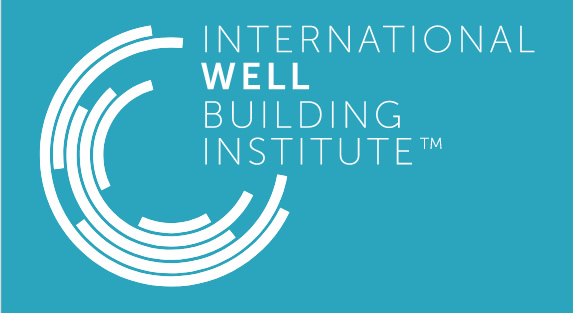
By Simon Buddle, Future Ready Homes.
Fresh air ought to be a given – something that is taken for granted, simply part of the world we live in. If you live in the Alps or an idyllic backwater in Wales or Scotland, then you can be pretty sure that the quality of the air you breathe is substantially better than the fug that most city folk endure daily.
It is a small blessing of the current world situation that we have seen a massive decrease in global emissions and a prodigious increase in city air quality. At a time when a human’s ability to breathe well is at the very heart of a global pandemic, it might be time to re-evaluate the quality of the air both at home and at work.

WELL Building Standard
Version one of the WELL Building Standard was launched in 2014, with current version two, WELL v2, being released in 2018. The standard is primarily focused on commercial buildings, offices, campuses and MDUs, but can be applied to any building. So, what is it? The following extract explains:
“We believe that buildings should be developed with people’s health and wellness at the centre of design. The WELL Building Standard takes a holistic approach to health in the built environment addressing behaviour, operations and design.
WELL is a performance-based system for measuring, certifying, and monitoring features of the built environment that impact human health and well-being, through air, water, nourishment, light, fitness, comfort, and mind.
WELL is grounded in a body of medical research that explores the connection between the buildings where we spend more than 90 percent of our time, and the health and wellness impacts on us as occupants. WELL Certified™ spaces can help create a built environment that improves the nutrition, fitness, mood, sleep patterns and performance of its occupants.”

The aim, clearly, is to create a better working environment for all. A building can be certified against the standard, enabling the premises to stand out amongst others. It is grounded in science, and v2 is founded on the following principles:
Equitable: Provides the greatest benefit to the greatest number of people, inclusive of all demographic and economic groups and with special consideration of groups of the least advantage or vulnerable populations.
Global: Proposes interventions that are feasible, achievable, and relevant across many applications throughout the world.
Evidence-based: Undergirded by strong, validated research, yielding conclusions that can reasonably be expected to receive acceptance by the scientific community.
Technically robust: Draws upon industry best practices and proven strategies, offering consistency in findings across the relevant field or discipline.
Customer-focused: Defines programme requirements through a dynamic process, with multiple opportunities for stakeholder engagement, and by tapping the expertise of established leaders in science, medicine, business, design, and operations.
Resilient: Responds to advances in scientific knowledge and technology, continuously adapting and integrating new findings in the field.
KNX in a WELL environment
We, of course, are just one small element within the parameters of facilitating a certified WELL Building. For KNX, the ability to test and store data at a granular level makes for a perfect opportunity.
The eleven concepts for a healthier building covered by WELL v2, include Air, Water, Nourishment, Light, Movement, Thermal Comfort, Sound, Materials, Mind, Community and Innovations. As KNX professionals, we could certainly provide technical solutions for air, water, lighting and thermal comfort, at least. So, let us take a closer look at Air and what the standard requires for a building to pass that section of the WELL certification.

The Air section breaks down into a further 14 sub-sections. Each section can be tested against evidence and measurements, and points are awarded accordingly. The first four sub sections must be met as a precondition. Section A01, Fundamental Air Quality, requires the monitoring of at least three of the following: PM2.5 or PM10, CO2, CO, ozone, NO2, TVOC and formaldehyde. Particles should be monitored at 10-minute intervals, and other pollutants once an hour. All the data must be stored and later submitted online. Moreover, all sensors should be recalibrated or replaced annually.
The opportunity to provide robust solutions for data gathering and ongoing maintenance seem to be a perfect fit for the KNX world. And of course, if we know and understand the data we are gathering then we can affect other systems within the building. The MVHR’s or AHU’s litres-per-minute air change can be ramped up or down. The obvious example would be a gym that is empty all night and suddenly has an influx of people at 6am to do their workouts. Within 20 minutes, it is likely that the air will need to be purged of a huge quantity of CO2.
Conclusion
To create the technical solution to read these data points requires focus and effort. But to gather the data will take many labour hours of testing, validating, graphing and months of commitment to the building owners in order to provide a resource for them that can turn the information into useful and verifiable data that can, in turn, be submitted to achieve a WELL-certified building. Even if we are not working in the commercial arena, there is much to be gained from discussing air quality within the home and how we might be able to affect it by the installation of a few sensors around the home.
Simon Buddle CEng MIET, is a consultant for Future Ready Homes, a specialist in BMS and ELV services system design.











